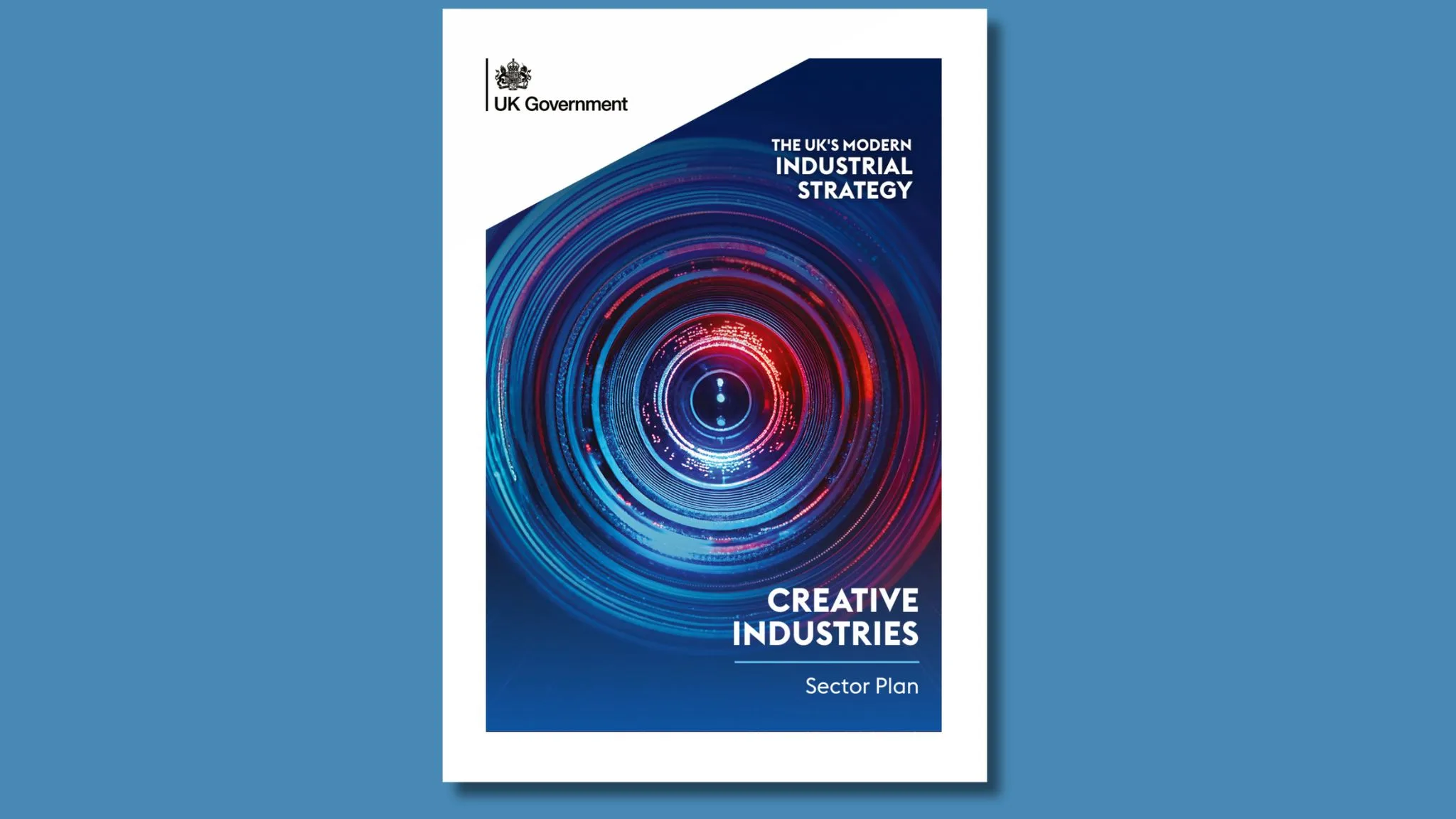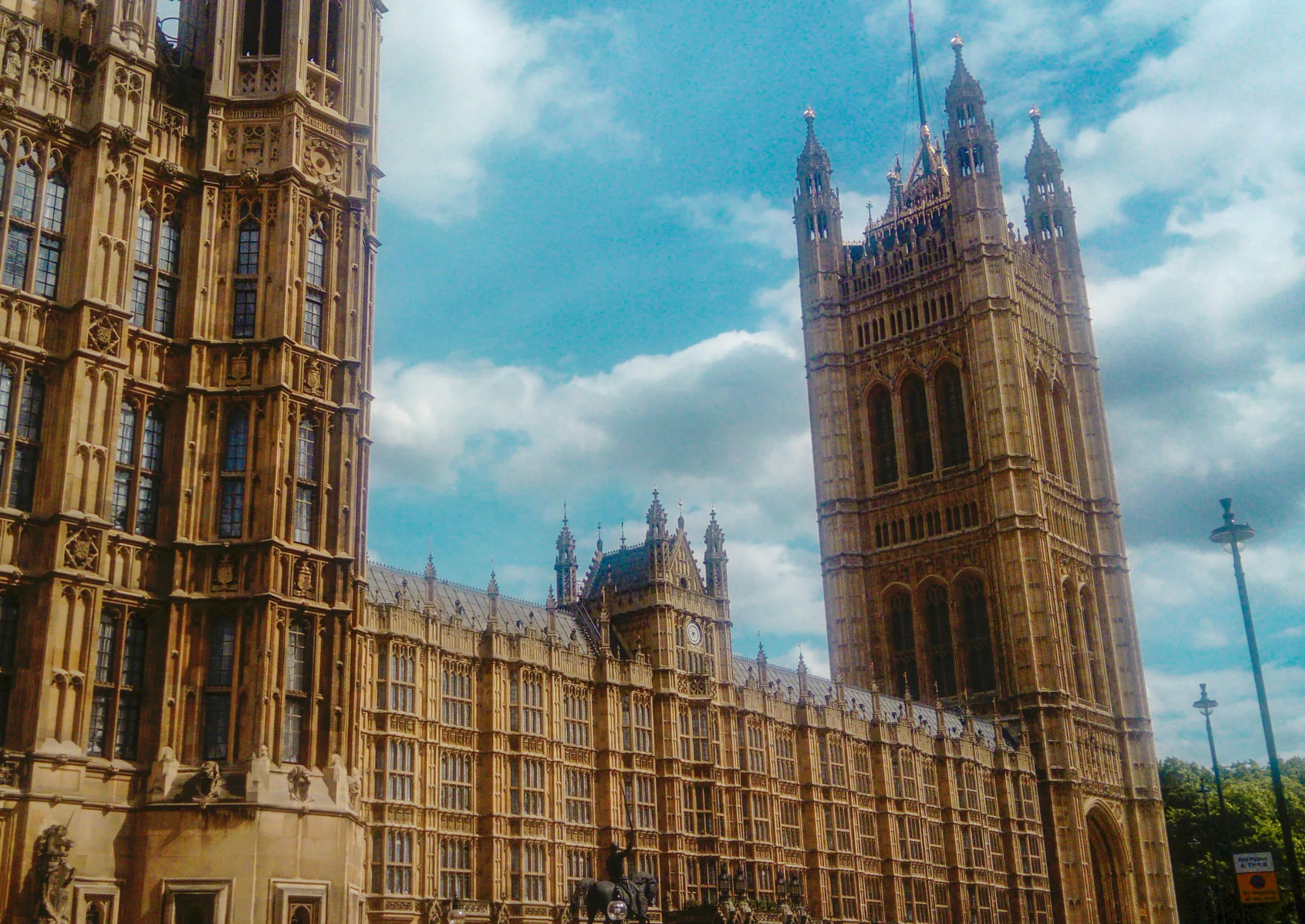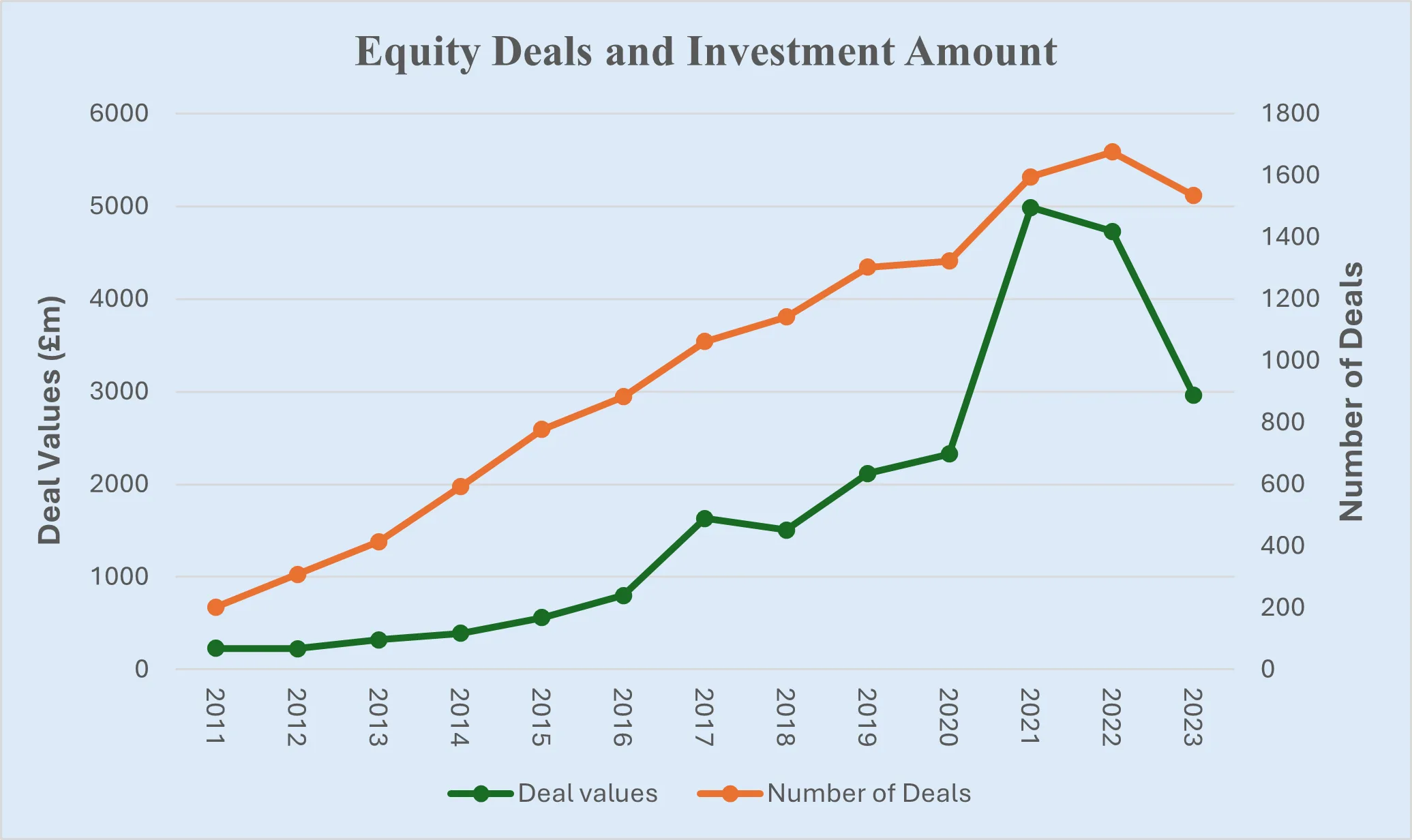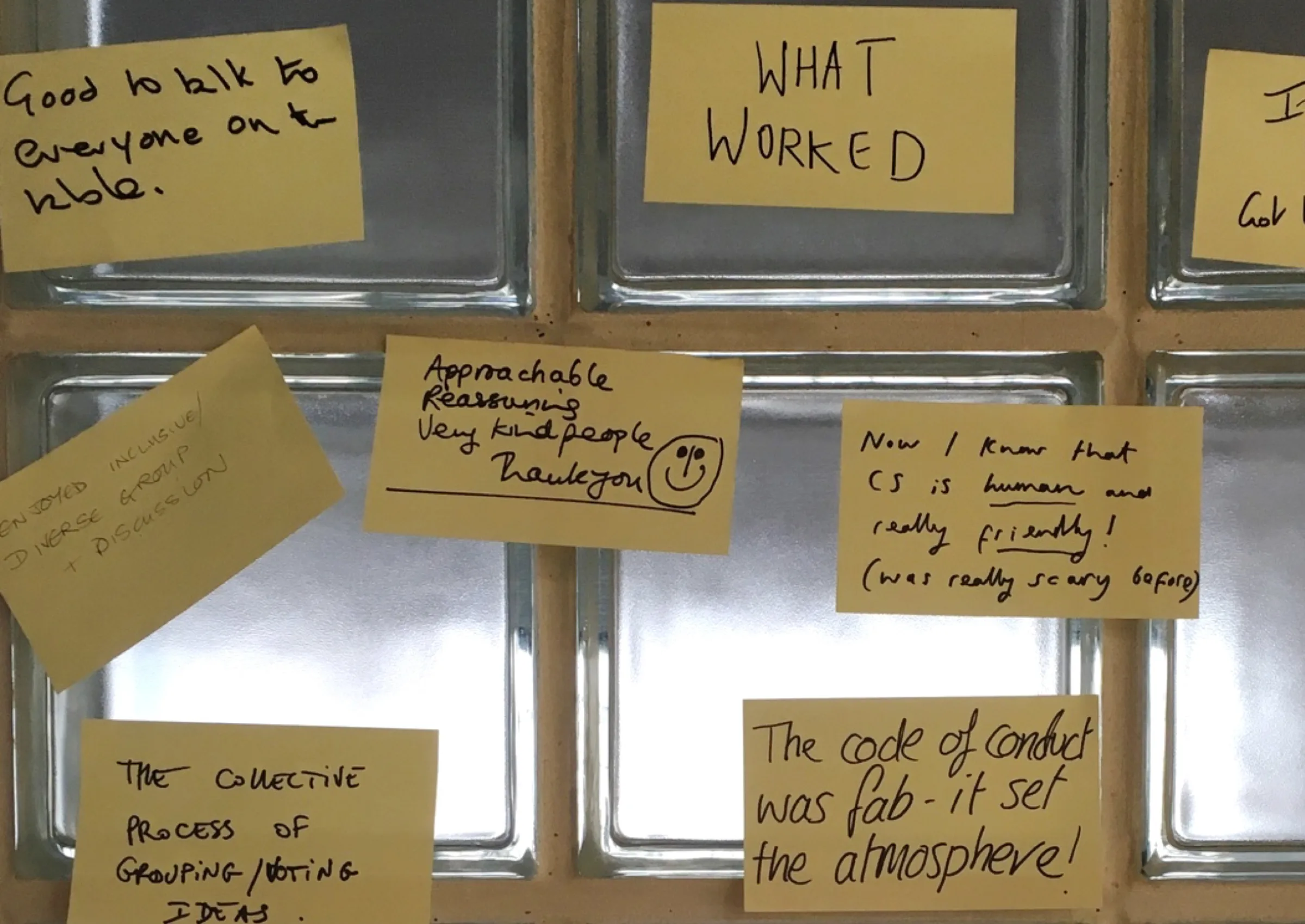Defining culture, defining value
Arts and cultural institutions must strive to be nimble in a fast-changing funding environment characterised by declining public spending commitments. One of the most difficult challenges is meeting demands to offer funding bodies a tangible, readily quantifiable, justification of their resource allocations in relation to their contribution to society, not least the economy. The concept of ‘value’ has become a keystone of the advocacy efforts advanced by numerous arts and cultural organisations.
One of the most pressing issues for the PEC’s area of work in Arts, Culture and Public Service Broadcasting is value creation, particularly in relation to public funding of the arts and culture, including public service broadcasting. For researchers seeking to contribute to pertinent debates, it is important to find a language to talk about value, one that can help to clarify the policy priorities at stake. Two of the main issues are determining what counts as ‘arts and culture’ (wherein lie their boundaries) and what are the corresponding understandings of ‘value’ in operation. Intertwined are questions of inequality and diversity in participation, production and representation.
Any approach to policymaking in the arts and cultural sectors will recognise that the words ‘arts and culture’ and ‘value’ matter, not least as they inform the frameworks to capture, interpret and explain the evidence gathered by researchers and stakeholders alike. Should arts and culture organisations focus on evaluating individual subjective experiences, for example, or on the societal benefits of their work? If the value of culture is ultimately intangible – as some argue – are all attempts at measuring it futile?
Different renderings of ‘value’ – cultural, social, public and economic – have distinctive histories and uses. Here at the Creative Industries Policy and Evidence Centre (PEC), we can call on the expertise of a number of instrumental researchers in advancing this field. A helpful overview of the ‘social lives’ of differing understandings of value can be found in the work of Dave O’Brien, for example. The upcoming Histories of Cultural Participation, Value and Governance will include work by our colleague Abigail Gilmore, while Zoe Bulaitis offers a historical overview of cultural value in relation to arts and humanities more broadly.
Researchers at Cardiff University’s School of Journalism, Media and Culture (JOMEC) have worked on the value of Digital Cultural Heritage, and contributed to the Cultural Value Model used by the British Council to capture the value of their activities. Assessing (economic) frameworks of valuation for arts and culture that move beyond the ‘intrinsic’ versus ‘instrumental’ value debate has been the focus of the PEC’s Director, Hasan Bakhshi, and a number of Cardiff University academics have contributed to a recent book on Public Value.
This area of work within the PEC will build on these varied approaches by adopting a broad definition of value – one that can assist us to move beyond some of the starker polarities of current debates, such as whether economic outcomes should or should not be part of the value creation of publicly funded arts and culture. At the same time, we need to pay particular attention to who is defining and mobilising value and to what effect. While an overview of different meanings of ‘value’ is a useful starting point to explore the policy landscape, it is also important to understand ‘value’ as performative, particularly in its inscription in advocacy efforts and policymaking. This means that rather than trying to secure a definitive statement of what value is, we are interested in tracing what value does.
Publicly funded arts and culture and the creative industries
Relevant policy-making discussions on value in the arts and cultural sector have been influenced by what PEC member Philip Schlesinger from the University of Glasgow has termed the ‘creative economy belief system’, by which policymakers construct the creative industries ‘as a policy object that can be managed to secure primarily economic and sometimes social outcomes so as to increase competitiveness’.
One of the main criticisms of the creative industries framework for arts and culture is that the complex nature of the value of culture risks becoming subordinate to economic value. An example is a recent report from Arts Council England and the Creative Industries Federation, Public Investment, Public Gain: How public investment in the arts generates economic value in the creative industries and beyond.
Publicly funded arts and culture organisations tend to frame their priorities in relation to their contribution to broader societal challenges, including where the cultural dimension is overshadowed by other, ostensibly more pressing, funding demands. The value of arts and culture might include – at the individual and societal levels – health and well-being, local regeneration and conflict resolution, but more longitudinal studies are needed.
These are some of the main areas to be investigated by the recently created Centre for Cultural Value in Leeds. The Centre is an important outcome of the 2012-2016 AHRC Cultural Value Project and the 2018 Cultural Value Scoping Project, which investigated the parallel questions of ‘why the arts and culture matter’, and how best to capture their benefits.
Under the auspices of the Industrial Strategy, researching the value creation of the creative industries remains a challenge, particularly where publicly funded institutions are concerned. One of the reasons is the emphasis in Industrial Strategy on economic value above others. Organised around four Grand Challenges in areas of strategic importance to Britain, the Industrial Strategy builds on implicit notions of social and public value. The challenges include ‘clean growth’ – creating, for example, low-carbon exemplars by reducing emissions in industrial clusters – and meeting the needs of an ‘ageing society,’ such as those related to healthier ageing and tackling social isolation.
That said, Front and Centre – Putting Social Value at the Heart of Inclusive Growth (May 2019) recommends specifically including ‘social value’ in the Industrial Strategy. By doing so, the government would signal their willingness to lead in the implementation of The Public Services (Social Value) Act 2012, which places equal importance on social, economic and environmental well-being. This addition would also help redress the fact that the Industrial Strategy does not contemplate tackling socio-economic and regional inequalities, which are all central to the prospect of (local) inclusive growth. The Creative Industries Sector Deal is equally missing a specific articulation of social value, but it places an important emphasis on diversity and inclusion in relation to the composition of the workforce.
Tackling socio-economic and geographical inequalities – particularly for children and young people – as well as the lack of adequate diversity in the sector are two of the main challenges identified by the Arts Council 10-year strategy. They strive to widen participation, echoing previous research into understanding barriers, such as the Warwick Commission on the Future of Cultural Value, the Understanding Everyday Participation. Articulating Cultural Value project and the 2019 DCMS report, Changing Lives: the social impact of participation in culture and sport. The recent Creative Diversity All-Party Parliamentary Group @DiversityAPPG works to identify and tackle obstacles to diversity in the creative sector.
The PEC has an opportunity to contribute to efforts to elaborate further these lines of thinking by drawing on the expertise of the consortium and of its academic and industry partners, as well as by collaborating with other institutions such as the Centre for Cultural Value, in order to offer new insights into the specific nexus of economic and other perspectives on value. We can build on the overlapping concepts of ‘cultural’, ‘social’, ‘economic’ and ‘public’ value in order to study the arts and culture sectors within the research we are undertaking into the creative industries more broadly. How we are doing this will be the focus of our next blogs. Stay tuned!
This blog is written by the PEC team researching Arts, Culture and Public Service Broadcasting @CardiffJomec. All correspondence related to this can be directed to the blog’s lead author Dr Eva Nieto McAvoy at nietomcavoye@cardiff.ac.uk
The PEC’s blog provides a platform for independent, evidence-based views. All blogs are published to further debate, and may be polemical. The views expressed are solely those of the author(s) and do not necessarily represent views of the PEC or its partner organisations.
Photo by Steve Johnson
Related Blogs
Taking stock of the Creative Industries Sector Plan
We summarise some of the key sector-wide announcements from the Creative Industries Sector Plan.
Why higher education matters to the arts, culture and heritage sectors
Professor Dave O’Brien, Professor of Cultural and Creative Industries at University of Manches…
What does the 2025 Spending Review mean for the creative industries?
A read out from Creative PEC Bernard Hay and Emily Hopkins On Wednesday 11th June the UK Government …
Bridging the Imagination Deficit
The Equity Gap in Britain’s Creative Industries[1]. by Professor Nick Wilson The creative industries…
Why accredited qualifications matter in journalism
Journalism occupations are included on the DCMS’s list of Creative Occupations and, numbering around…
All Together Now?
Co-location of the Creative Industries with Other Industrial Strategy Priority Sectors Dr Josh Siepe…
The Mahakumbh Mela, India, 2025
The festival economy: A Priceless Moment in Time Worth GBP 280 Billion in Trade Jairaj Mashru looks …
Class inequalities in film funding
Professor Dave O’Brien, University of Manchester, Dr Peter Campbell, University of Liverpool and Dr …
Creative self-employed workforce in England and Wales
Dr Ruoxi Wang, University of Sheffield and Bernard Hay, Head of Policy at Creative PEC Self-employed…
What just happened to funding for culture in Scotland?
First the facts: Creative Scotland announced the outcome of its new Multi-Year Funding Programme on …
Copyright and AI – a new AI Intellectual Property Right for composers, authors and artists
Background The new technology landscape emerging from the super rapid progress in developing AI, Gen…












